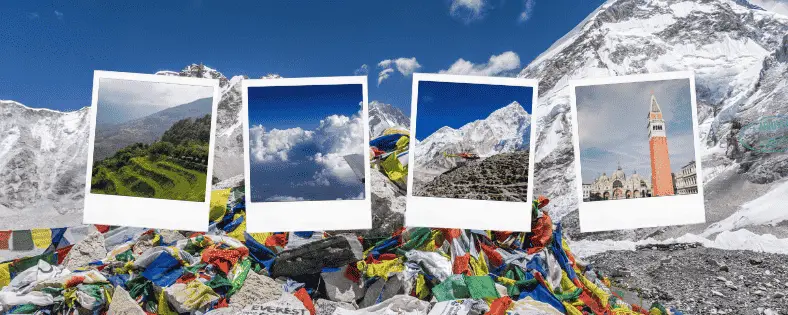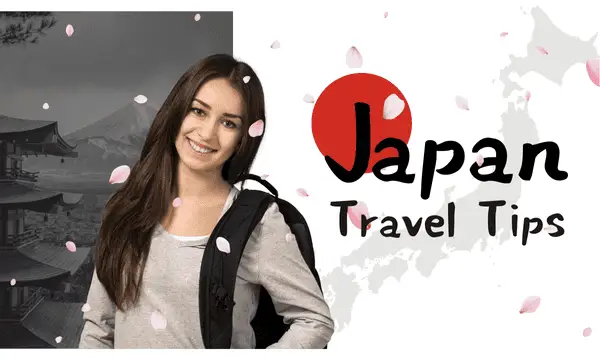Best time to visit Nepal
Best Time to Visit Nepal: A Detailed Guide to Each Season Nepal, home to some of the world’s most stunning natural landscapes, offers diverse experiences that change with the seasons. Understanding the climate and seasonal variations can help you decide when to visit based on your travel goals, from trekking the majestic Himalayas to exploring Kathmandu’s cultural heritage. In this guide, we’ll discuss about best time to visit Neal, break down activities for each season, and offer practical tips for traveling during Nepal’s distinct weather patterns. Problem: The Need for Season-Based Travel Planning in Nepal Choosing the wrong season for your travel style can have significant downsides. The majestic mountain views that make Nepal world-renowned may be clouded over by monsoon rains, or cold temperatures may make higher-altitude trekking uncomfortable. Whether you’re looking for clear skies to capture perfect Himalayan vistas or fewer crowds to explore Nepal’s cultural treasures, knowing the best times to visit Nepal is crucial. Also Read: The Best Time To Visit India Agitate: Why Your Nepal Experience Depends on Timing Nepal’s climate can be intense and changeable. For instance, the rainy season brings lush greenery and lower prices, but also frequent travel delays and muddy trails. Similarly, winter months may bring affordable prices and fewer crowds but can make high-altitude treks challenging. Making an informed decision on timing can be the difference between an unforgettable adventure and unexpected roadblocks. Solution: Exploring Nepal’s Seasons in Detail Nepal’s Four Seasons: A Breakdown Nepal’s year is divided into four seasons, each bringing unique weather, conditions, and experiences: Autumn (September to November): The Clear, Comfortable Peak Season Winter (December to February): Crisp Views and Fewer Tourists Spring (March to May): Blooming Rhododendrons and Trekking Weather Monsoon (June to August): Rain-Soaked Adventure and Lush Landscapes Autumn (September to November): Nepal’s Most Popular Season Autumn is widely regarded as the best time to visit Nepal. This period follows the monsoon, leaving the air clear and dust-free. Temperatures during autumn are moderate, and the skies are reliably clear, allowing for stunning views of the mountains. This season is perfect for trekking, with excellent visibility and ideal weather. Key Highlights of Visiting in Autumn Weather Conditions: Expect daytime temperatures around 15-25°C (59-77°F), with cooler evenings, especially in higher-altitude regions. Perfect for Trekkers: Clear skies and moderate temperatures make for ideal trekking conditions on popular trails, such as Everest Base Camp and the Annapurna Circuit. Festival Season: Autumn is rich in cultural experiences, with major festivals like Dashain (celebrated in October) and Tihar (celebrated in November). Both festivals bring Nepal to life with vibrant decorations, traditional dances, and feasts. Pros and Cons of Visiting in Autumn Pros: Spectacular Views: The post-monsoon atmosphere ensures clear skies, making this the best time for mountain photography. Peak for Trekking: Trails are accessible and generally dry, allowing trekkers to navigate comfortably. Festivals: Experiencing Dashain and Tihar during your trip offers insight into Nepalese culture. Cons: Higher Prices: Due to high demand, accommodation and travel expenses increase. Crowded Trails: You’ll encounter many trekkers on popular routes. Practical Tips for Autumn Travel Book Early: Since autumn is the busiest season, securing accommodations and flight bookings in advance is recommended. Prepare for Temperature Changes: Pack layers, as temperatures can drop in the evenings, particularly at higher altitudes. Winter (December to February): The Season for Cultural Tours and Budget-Friendly Travel Winter is one of the best time to visit Nepal for a quieter season, especially on higher-elevation treks. While the mountain regions experience significant temperature drops, lower-altitude areas remain accessible and can be quite pleasant for sightseeing and cultural exploration. Key Highlights of Visiting in Winter Weather Conditions: Daytime temperatures in Kathmandu and Pokhara range between 10-20°C (50-68°F), while higher-altitude regions may experience sub-zero temperatures. Less Crowded: Winter is an off-peak season, making it ideal if you prefer fewer tourists and quieter environments. Great for Wildlife Viewing: Lower-altitude regions, such as Chitwan National Park, offer ideal conditions for wildlife safaris in winter. You may see rhinos, Bengal tigers, and exotic bird species. Pros and Cons of Visiting in Winter Pros: Lower Costs: With fewer tourists, accommodation prices and flight fares are often reduced. Quiet Cultural Sites: Popular destinations like Kathmandu Valley and Pokhara are less crowded. Clear Views in High-Altitude Areas: Winter offers some of the clearest mountain views, though at a chilly cost. Cons: Cold Weather: Temperatures can be harsh at higher altitudes, limiting trekking opportunities. Limited Trekking Options: Popular treks, like Everest Base Camp, are often challenging due to snow and ice. Practical Tips for Winter Travel Dress in Layers: To adapt to the cold, especially in the mornings and evenings, dress in layers. Explore Lower Elevations: Focus on low-altitude trails, such as the Ghorepani Poon Hill trek or cultural sites in Kathmandu Valley. Spring (March to May): A Beautiful Time of Bloom Spring is the second best time to visit Nepal. Temperatures start to warm up, and vibrant rhododendron blooms color the hillsides. Spring offers ideal weather for trekking, and mountain visibility remains reasonably clear, especially in early spring. Key Highlights of Visiting in Spring Weather Conditions: Temperatures range from 16-23°C (60-73°F) in popular regions like Kathmandu and Pokhara, while higher altitudes remain cool but accessible. Floral Beauty: In March and April, rhododendron blooms paint the landscape with colors, particularly along trekking routes in the Annapurna and Langtang regions. Peak Climbing Season: Many mountaineers tackle summits like Mount Everest in spring, making it an inspiring time to witness climbers preparing for major expeditions. Pros and Cons of Visiting in Spring Pros: Mild Weather for Trekking: Temperatures are comfortable, making it an excellent time for multi-day treks. Scenic Blooms: The landscape is alive with rhododendron blooms, enhancing scenic trails. Less Crowded than Autumn: Though popular, spring is generally less crowded than autumn. Cons: Humidity in Late Spring: May brings higher humidity, which can create haze and reduce visibility. Growing Crowds as Season Progresses: By late April, popular trekking routes become busier. Practical Tips for Spring Travel Arrive Early for Clearer


